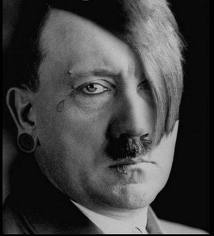It's a terrific book, and it makes a lot of interesting points. I was surprised to see how much 1924 resembled 1964. It's as if the revolutionary 1960s actually began in Chicago in the 1920s. Those were strange times. Disillusioned veterans of WW1 roamed the streets. Radio was getting big. Following a century of unprecedented growth, the country was rich, and increasingly urban. A lot of men were clerks, not laborers. Change was in the air.
The drug of choice was alcohol (above), only it was illegal! People drank a lot of fake liquor made of anything the bootleggers could get hold of. Bad liquor addled brains. People did crazy things.
Jazz (above) was their rock n' roll, the faster the better. Records made it possible to listen to it at home.
Girls in particular picked up on the new sensibility. All over the Midwest girls were aching to get to Chicago so they could lead "The Life." That city was to them what San Francisco was to the hippies 40 years later.
...to the giant metropolis of Chicago (above), and the big jazz clubs!
For small town girls the big city was liberating, no doubt about it. The problem is, it was also decadent...and dangerous.
A girl (above) needed a protector.
Some of the girls (above) carried guns. They had to. The violent crime rate among women soared.
Some girls (above) flocked to men they thought were gangsters. Some of the gangsters were reputed to be gentlemen of a sort. Some women considered their men's murders to be funny. It was a weird time. Morality was considered old fashioned in some circles.
Where was all this going? We'll never know because The Great Depression and WWII intervened. But the social upheaval that began in Chicago wasn't exactly canceled...it was just postponed. We'd see it again in San Francisco in the 1960s. Interesting, huh?



















































